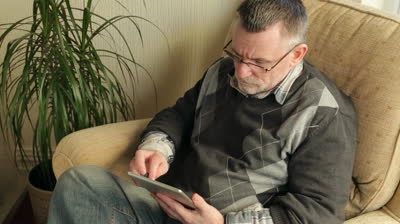As if the fiery rash and painful blisters of shingles were not punishment enough, the average patient who suffers a resurgence of the dormant chickenpox virus known as herpes zoster — or shingles — has a higher risk of heart attack or mild stroke two decades or more after the blisters and rash recede, says a new study. Writing in the journal Neurology, the British authors of the latest report say the findings strengthen the suspicion that once unleashed as shingles, the herpes zoster virus may plant seeds of destruction in some of the body’s blood vessels which could take years to wreak havoc. That would be a particularly sneaky trick for a virus already known for lying in wait for years to attack. The findings raise the possibility that getting the shingles vaccine could for many head off a slide toward cardiovascular disease. But other studies will be needed to test that proposition. In the meantime, they suggested, the shingles vaccine could be offered to any patients that are at risk of cardiovascular disease in a bid to reduce their risk factors. And patients who’ve had shingles before age 40 might be treated more aggressively to drive down heart attack and stroke risk, and urged to live a heart-healthy lifestyle.
Source: Los Angeles Times

